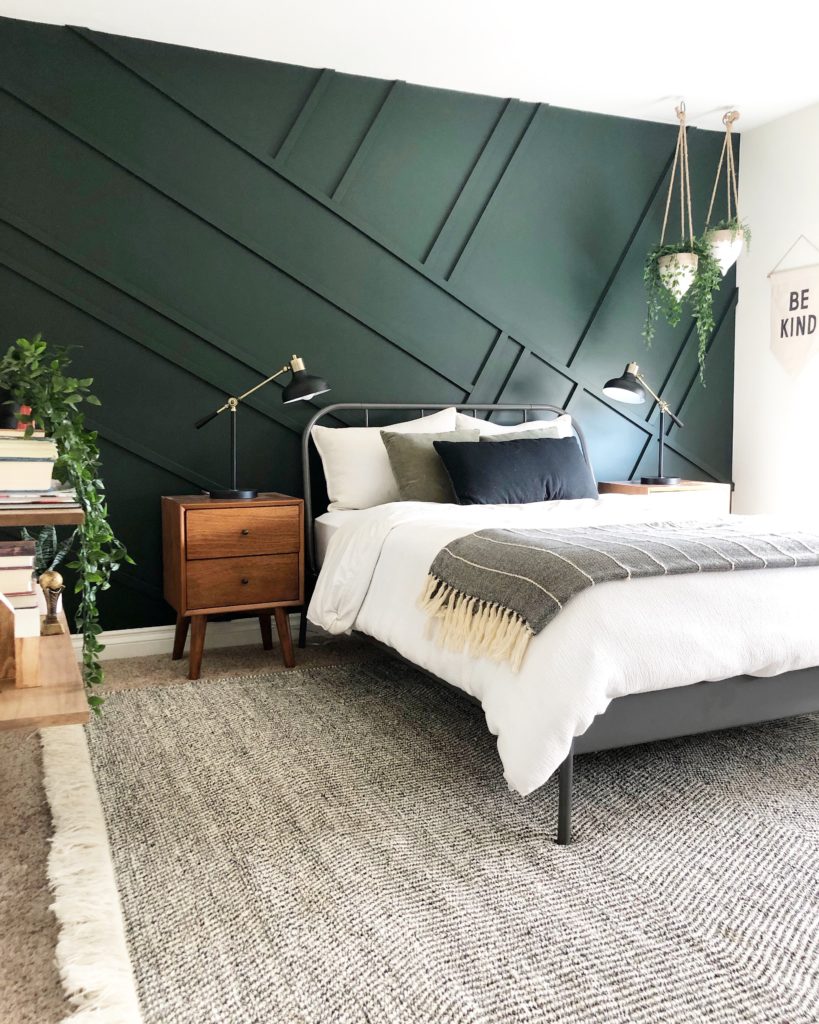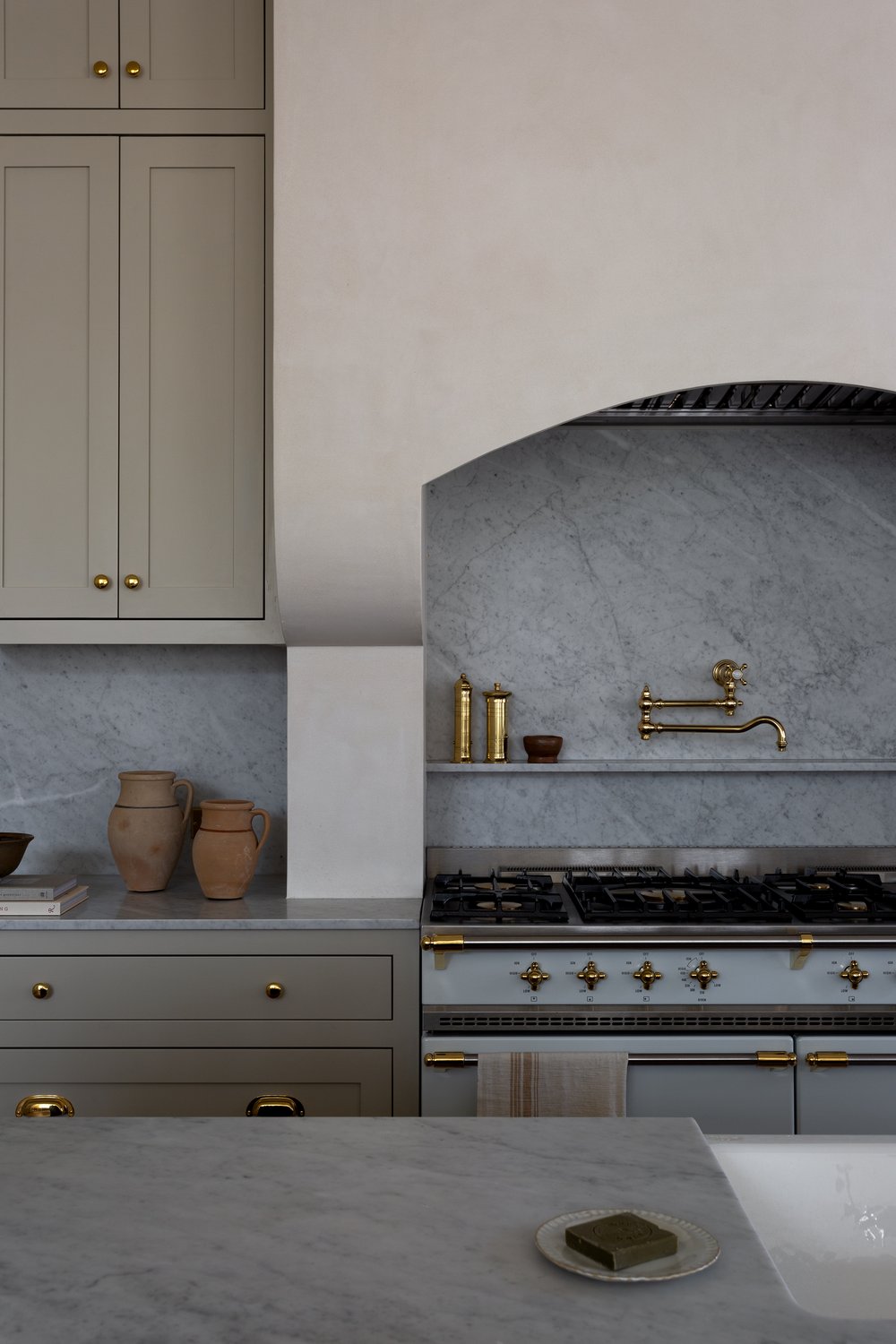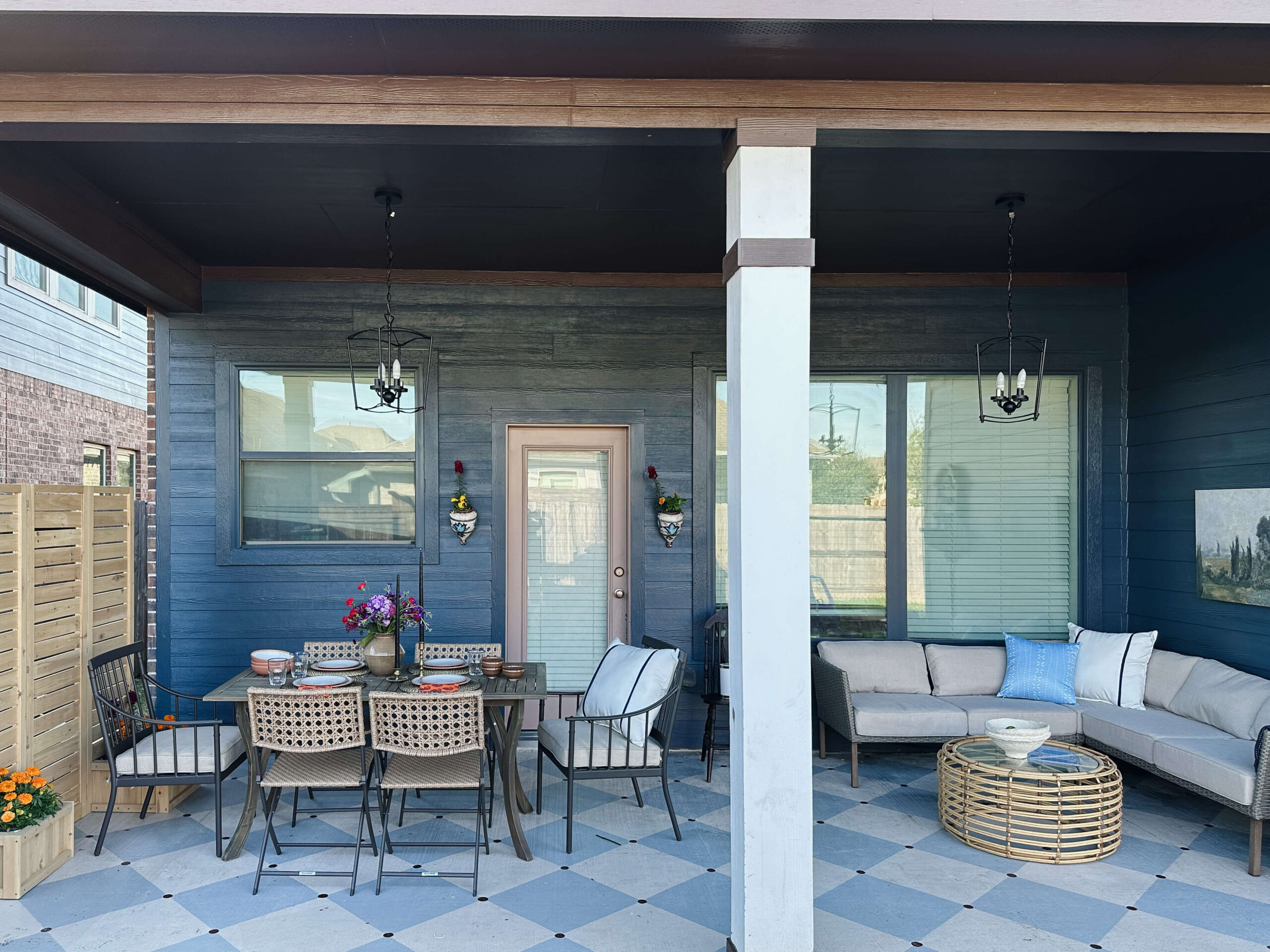Table of Contents Show
- How to Pick a Rug for Any Room
- Choose the Right Rug Size for the Room
- Match Your Rug Material to the Room’s Needs
- Pick a Rug Color and Pattern That Complements Your Space
- Match Rug Shape to Room Layout
- Don’t Forget the Rug Pad
- Personal Preference Plays a Role
- Rug Placement Tips by Room
- The Case for Investing in Higher Quality Rugs
- Styling Ideas: Layering Rugs for Texture and Impact
- Common Rug Buying Mistakes to Avoid
- FAQs About How to Pick a Rug
- Shop my favorite rugs
- Your Next Read:



























